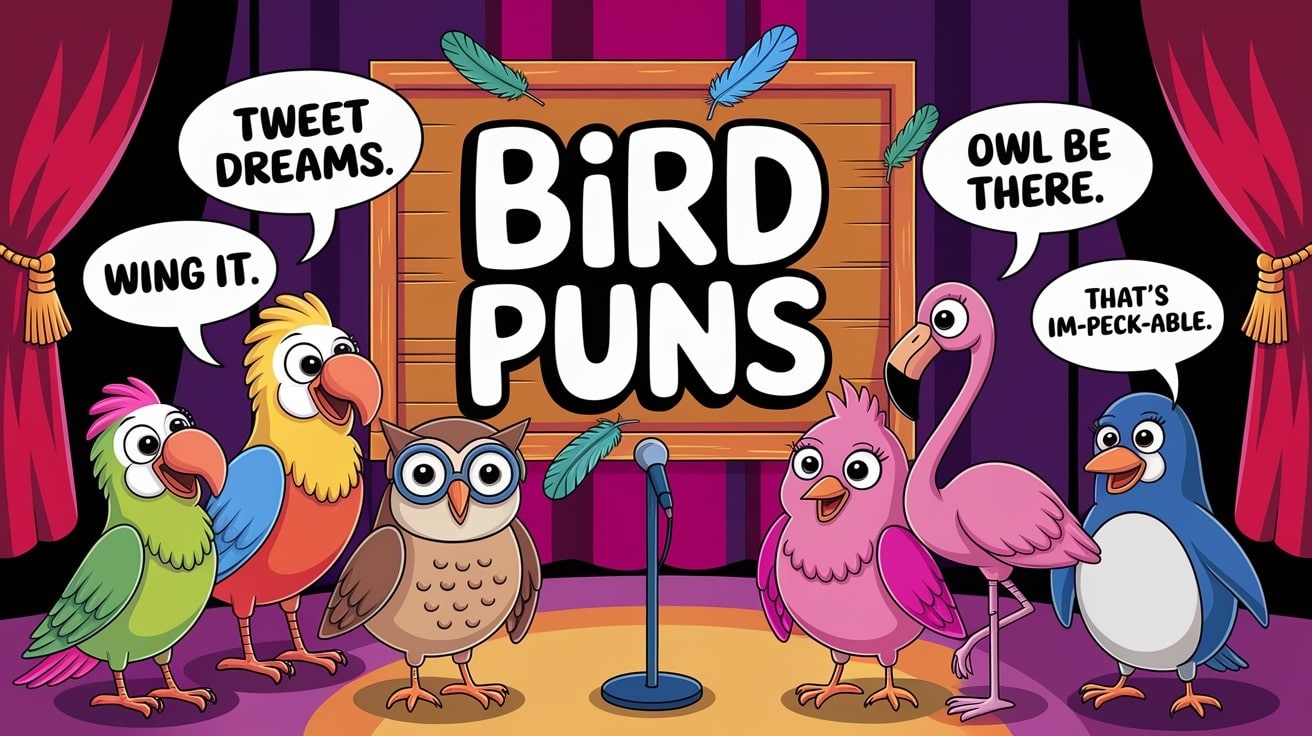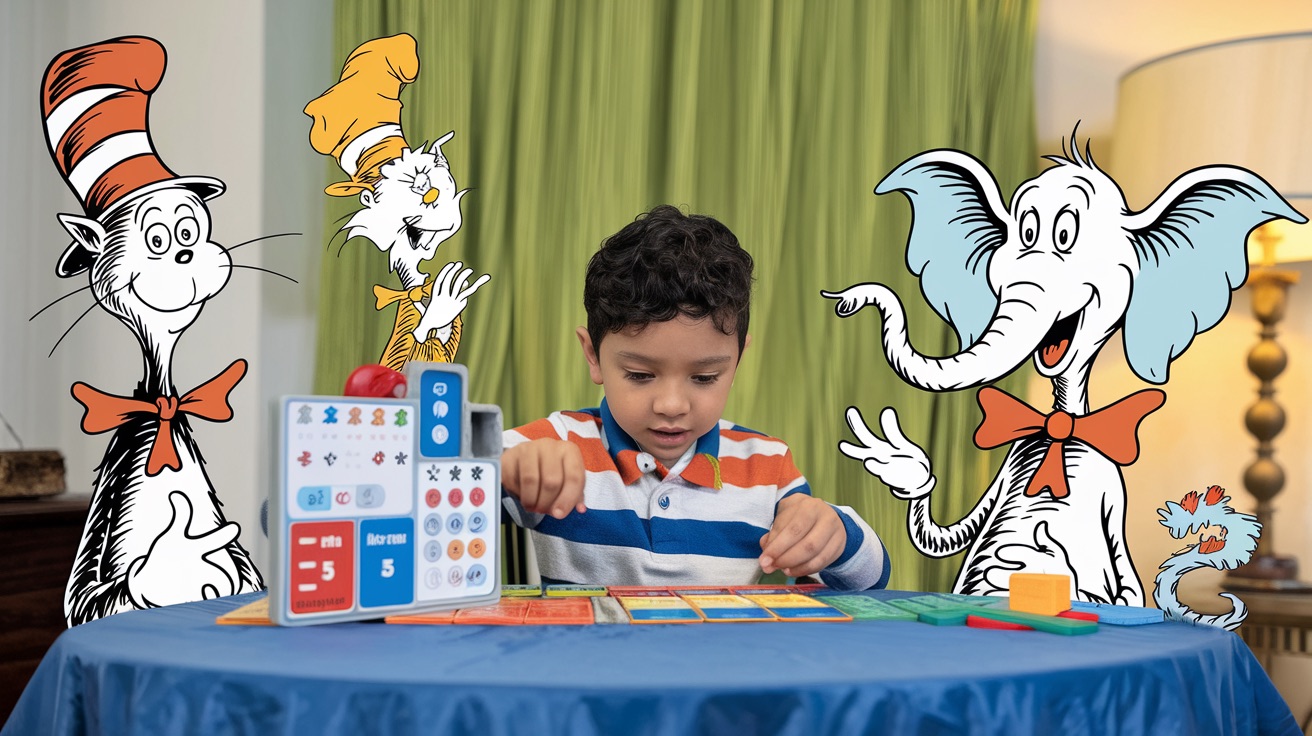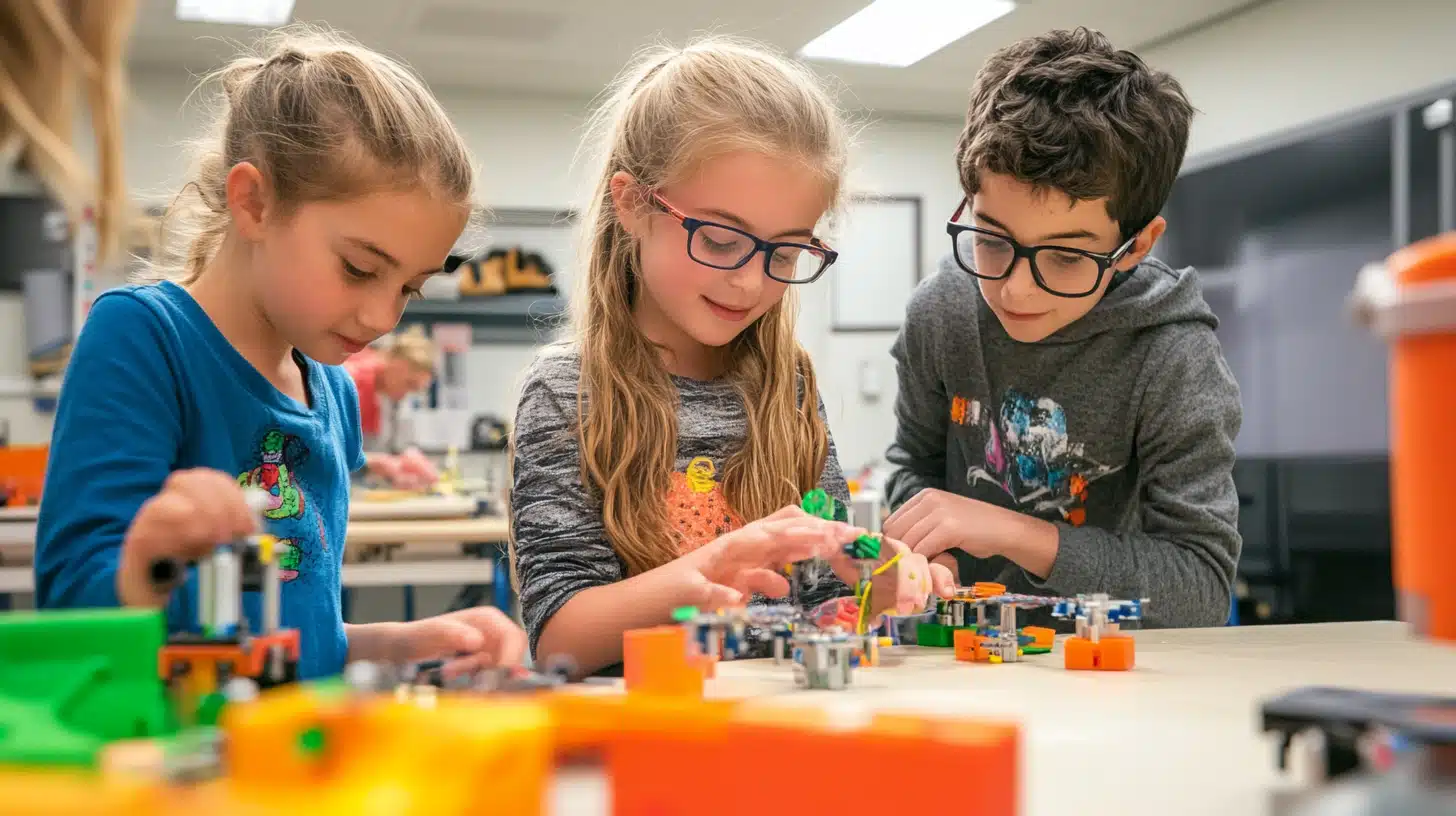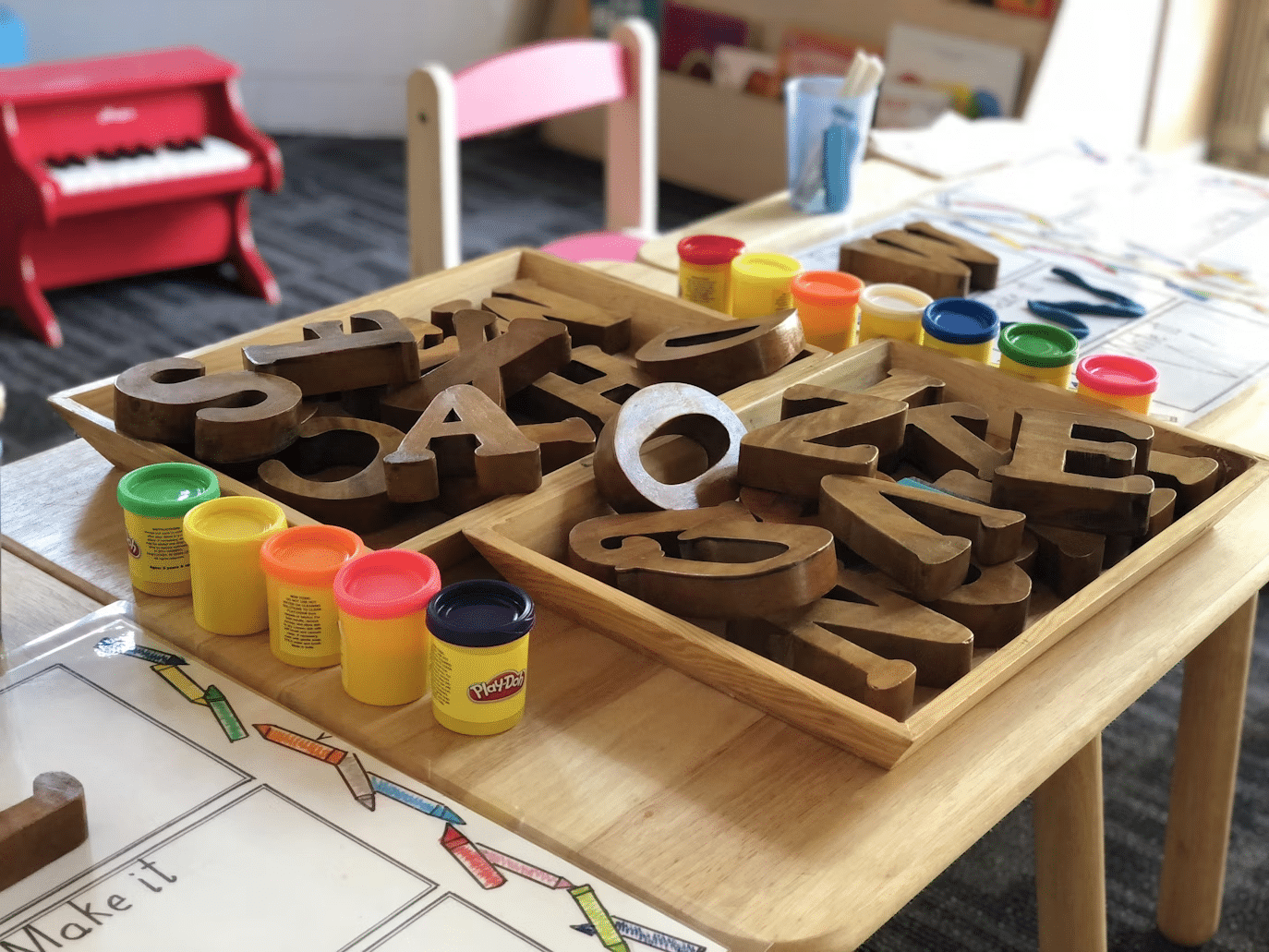
Helping children with autism develop social skills goes far beyond tackling learning and interpersonal challenges—it’s about unlocking their creative potential and fostering opportunities for meaningful connections.
Every child on the autism spectrum perceives and interacts with the world in their own unique way, which often means traditional methods may not be the best fit. However, this individuality paves the way for innovative and adaptive strategies that not only make learning social skills effective but also engaging and enjoyable.
By blending creative techniques with a personalized therapy program, parents, teachers, and therapists can help children not only grasp essential social skills but also thrive in social environments, turning everyday moments into opportunities for connection and growth.
Understanding Social Skills in Children with Autism
Social skills are essential for building relationships, navigating social environments, and communicating effectively with others. However, children with autism often struggle in these areas due to difficulties in interpreting social cues, understanding emotions, or engaging in back-and-forth conversations. These challenges can make everyday interactions more complex and require specialized approaches.
A well-structured therapy program can play a vital role in supporting social skills development. Such programs often incorporate creative methods that encourage learning in a safe and supportive environment, helping children improve their social abilities at their own pace.
Creative Ways to Teach Social Skills to Children with Autism

Traditional methods of teaching social skills may not always resonate with children on the autism spectrum. Since these children often respond differently to sensory input and social stimuli, creativity becomes a powerful tool in helping them grasp complex social concepts.
Creative teaching strategies can be more engaging and easier to understand for children with autism. Whether it’s through play, visual aids, or technology, incorporating imaginative and interactive elements can make learning more enjoyable and effective.
1. Role-Playing Games
Role-playing is an excellent way to teach social skills in a controlled environment. Children can act out various scenarios, such as greeting a new friend, sharing toys, or taking turns during a conversation. This method allows them to practice social interactions without the pressure of real-life situations.
Using costumes or puppets can make role-playing even more engaging. For example, you could create characters that children can embody, helping them step into someone else’s shoes and understand different perspectives. Role-playing also allows them to practice empathy by considering how another person might feel in a given scenario.
Benefits of Role-Playing for Social Development:
- Encourages active participation
- Offers a low-stakes environment to practice new skills
- Helps children understand the perspective of others
- Builds confidence in social interactions
2. Social Stories and Visual Aids
Social stories are short narratives that depict specific social situations and provide children with a clear understanding of how to behave. These stories are often written with the child in mind, using simple language and illustrations to explain what might happen in a particular scenario and how they should respond.
For example, a social story might explain the steps involved in joining a group activity or how to respond when someone greets them. Visual aids such as picture cards or storyboards can enhance this approach by providing children with a visual representation of the social situation.
Tips for Using Social Stories to Teach Social Skills:
- Break down social situations into simple, manageable steps
- Reinforce appropriate behavior in specific scenarios
- Help children prepare for social interactions in advance
3. Video Modeling
Video modeling is a highly effective tool for teaching social skills, especially for children who are visual learners. This technique involves showing children videos of people engaging in positive social interactions, such as making eye contact, asking for help, or participating in group activities.
Children can then imitate the behaviors they observe in the video, helping them grasp how to act in social situations. Video modeling can be replayed multiple times, allowing children to review and practice the skills at their own pace.
Advantages of Video Modeling:
- Provides a clear, visual example of desired behaviors
- Allows children to learn at their own speed
- Can be tailored to the child’s specific social challenges
4. Group Play and Cooperative Games
Group play provides children with autism the chance to practice social skills in a natural setting. Cooperative games, in particular, encourage collaboration and teamwork, helping children learn how to interact with peers, take turns, and share responsibilities. Games such as building a puzzle together or engaging in a simple team sport can teach vital social skills in a fun and relaxed environment.
In structured group activities, it’s important to offer support and guidance, especially when conflicts arise or when children struggle with the rules of the game. Facilitating group play allows children to navigate social interactions while receiving gentle reinforcement when needed.
Key Social Skills Practiced During Group Play:
- Cooperation and collaboration
- Taking turns and sharing
- Managing emotions and conflicts
5. Incorporating Art and Music Therapy
Art and music therapy can be powerful tools for teaching social skills. These therapies allow children with autism to express their emotions in a non-verbal way, helping them develop communication skills and emotional awareness. For example, creating a group art project can encourage children to work together, while music therapy sessions can teach turn-taking and listening skills.
Through art, children can communicate their thoughts and feelings when words fail, offering a new avenue for social expression. Music therapy, on the other hand, can help children engage in rhythmic interactions, promoting connection and coordination with others.
Benefits of Art and Music Therapy:
- Promotes emotional expression
- Enhances communication through creative mediums
- Fosters collaboration and social interaction
6. Interactive Apps and Technology
Children with autism often enjoy using technology, and many interactive apps are designed to help them develop social skills. These apps typically feature games and activities that focus on recognizing facial expressions, understanding body language, and practicing conversational skills.
Apps such as “Autism iHelp” or “Proloquo2Go” allow children to engage with social scenarios in a safe, controlled environment. Technology provides an interactive and engaging way for children to learn at their own pace, giving them the opportunity to practice social interactions through play.
Advantages of Using Technology for Social Skills:
- Offers engaging, interactive learning experiences
- Provides immediate feedback and reinforcement
- Can be customized to individual needs
7. Therapy Programs and One-on-One Support
While creativity plays a vital role in teaching social skills, structured therapy programs and one-on-one support are essential components of a child’s social development journey. Applied Behavior Analysis (ABA) and other therapeutic interventions can be tailored to each child’s specific needs, offering individualized instruction on social interactions.
Therapists often use creative techniques, such as play-based learning or sensory activities, to enhance the child’s ability to engage socially. These sessions provide children with the chance to practice skills in a one-on-one setting before applying them in group scenarios.
Key Benefits of Therapy Programs:
- Tailored to each child’s individual strengths and challenges
- Focused, structured support for social skill development
- Opportunities for children to practice and generalize skills in real-world settings
Unlocking Social Potential Through Creativity

Teaching social skills to children with autism requires patience, creativity, and a personalized approach. By using innovative strategies such as role-playing, social stories, and art therapy, parents and educators can help children with autism unlock their full social potential. It’s important to remember that progress may be slow, but with the right tools, encouragement, and support, these children can make meaningful strides in their social development.
Creative teaching methods, paired with the guidance of a structured therapy program, can make a significant difference in a child’s ability to navigate social interactions. The key is to create an engaging, positive environment where children feel comfortable exploring and practicing new skills.

















































































































